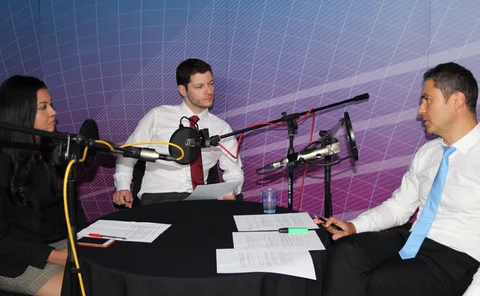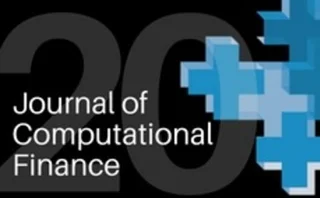Bermudan options
Pricing high-dimensional Bermudan options using deep learning and higher-order weak approximation
The authors propose a deep-learning-based algorithm for high-dimensional Bermudan option pricing with the novel feature of discretizing the interval between early-exercise dates using a higher-order weak approximation of stochastic differential equations.
Singapore’s UOB bucks trend to seek FRTB model approval
Despite data challenges, bank is opting for IMA to enhance risk management
A new way to calculate conditional expectations
Gaussian distributions can sharpen one of the most commonly used tools in quant finance
Semi-analytic conditional expectations
A data-driven approach to computing expectations for the pricing and hedging of exotics
Quantization-based Bermudan option pricing in the foreign exchange world
This paper proposes two numerical solutions based on product optimal quantization for the pricing of Bermudan options on foreign exchange rates.
Solving final value problems with deep learning
Pricing vanilla and exotic options with a deep learning approach for PDEs
Pricing path-dependent Bermudan options using Wiener chaos expansion: an embarrassingly parallel approach
In this work, the authors propose a new policy iteration algorithm for pricing Bermudan options when the payoff process cannot be written as a function of a lifted Markov process.
Dealers rush to redeem high-yielding structured notes
An estimated $60 billion of structured notes are at risk of being called before year-end
Risky notes replace easy money for exotics desks
Dealers insist ‘it’s different’ as flat US curve revives bonds that sank the Street in 2008
Is AD the answer to quicker MVA calculation?
Quants propose faster technique for Simm-MVA based on algorithmic differentiation
Podcast: Antonov on MVA, algorithmic differentiation and model validation
StanChart quant proposes new technique to compute MVA quicker
Efficient Simm-MVA calculations for callable exotics
Algorithmic differentiation are used to simulate sensitivities to calculate MVA
Bermudan swaption model risk analysis: a local volatility approach
This paper seeks to contribute a simple and (almost) model-free way of assessing the economic value of the Bermudan exercise right derived from a “minimal” local volatility enhanced interest rate model.
Formosa swaptions trade under pressure from new Taiwan rules
Limit on investment by insurers is hitting issuance of Formosa bonds and related options
Podcast: Fries on Monte Carlo, Greeks and the future of AAD
Research on AAD is not complete until it becomes easier to implement, says quant
Reducing noise is as important as radical change
Quants study ways to reduce noise in XVA Greeks calculations
Bounding Bermudans
Thomas Roos derives model-independent bounds for amortising and accreting Bermudan swaptions
Formosas, the Fed, and the billion-dollar Bermudan trade
Rates options desks on alert as decline in Formosa bond issuance could hit profits and raise US volatility
Why XVAs need to be factored into options pricing
Ignoring valuation adjustments could be storing up problems for the future
Efficient computation of exposure profiles on real-world and risk-neutral scenarios for Bermudan swaptions
In the paper, real-world and risk-neutral scenarios are combined for the valuation of the exposure values of Bermudan swaptions on real-world Monte Carlo paths.


















